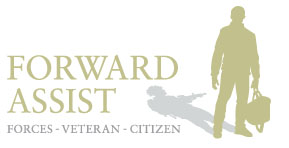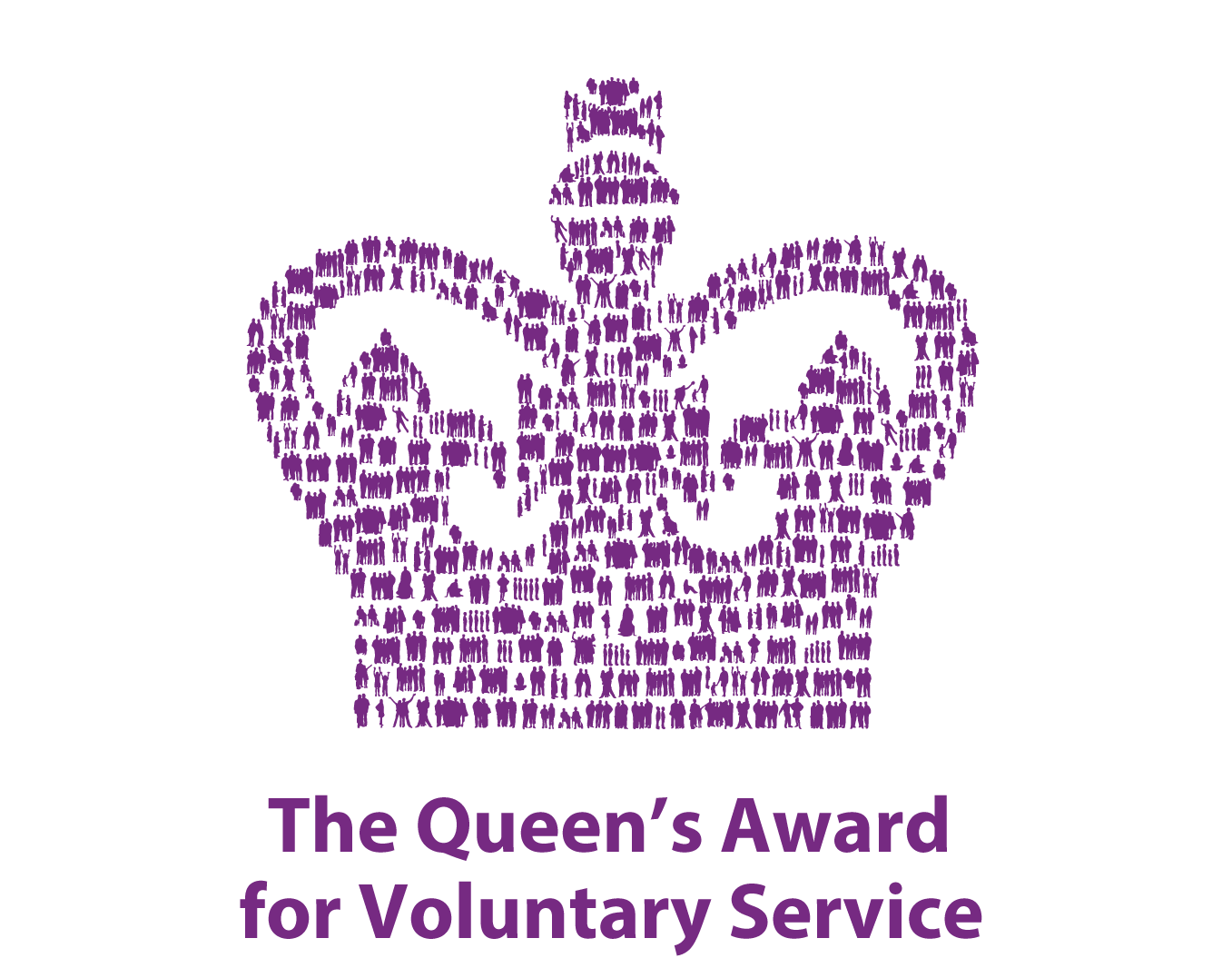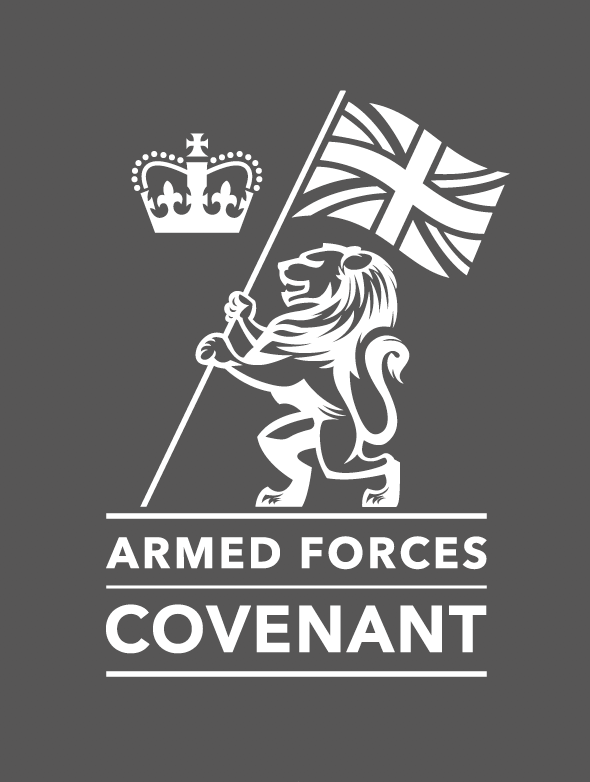From Civilian to Soldier...and Back Again: The Dual Journey of Identity and Reintegration
/The transformation from civilian to soldier is one of the most structured and deliberate transitions a person can undertake. Through rigorous training, discipline, and an ingrained sense of duty, ordinary individuals are reshaped into instruments of national defence. Professional soldiers prepared to face some of the harshest conditions imaginable. However, what receives far less attention is the reverse journey: the return to civilian life once the uniform is hung up. For many veterans, this transition is far more difficult, fraught with emotional, psychological, and societal challenges. The journey from civilian to soldier is one of construction; the return to civilian life often involves deconstruction and reconstruction. The path to becoming a soldier usually begins with enlistment, either voluntary or through conscription, depending on the country. From the moment a civilian steps onto the grounds of basic training, their world begins to shift. Civilian clothes are replaced with uniforms. Individualism gives way to teamwork. Personal freedoms become secondary to discipline and chain of command. Basic Training is designed not just to teach physical skills, but to instill a new mindset. Recruits are taught to obey orders without hesitation, trust their fellow soldiers with their lives, and internalise values such as loyalty, duty, respect, and selfless service. This psychological conditioning is essential to function effectively in combat zones, where hesitation or individual judgment can have lethal consequences. As civilians become soldiers, they enter a unique social structure. Bonds are forged in the crucible of shared hardship, whether during training or in the field. These relationships often become more profound than familial ties. There’s a saying among veterans: “You fight for the man next to you.” This sense of unity and belonging provides emotional strength during service, but it also deepens the sense of loss when soldiers leave that life behind. For many, military service becomes more than just a job, it becomes an identity. The military offers a structured environment where expectations are clear, achievements are recognised, and roles are defined. In a world where many civilians struggle to find purpose, the military offers a compelling alternative: a clear mission, a community, and the pride of service. The experience of combat, deployments, and living under constant readiness fosters resilience and adaptability hardwires individuals to respond to stimuli, danger, routine, stress, in ways that are not easily turned off when returning to civilian life. When military service ends, whether after a few years or an entire career, soldiers face the daunting task of reintegration. Many describe an initial sense of disorientation. The civilian world seems chaotic, unstructured, and often indifferent to the experiences of those returning from service. Former soldiers may struggle to relate to peers who have not shared similar challenges. Suddenly, the habits that once ensured survival and success, hyper-vigilance, emotional suppression, automatic obedience can become liabilities. Everyday interactions may seem trivial or absurd. For example, navigating corporate hierarchies or casual social settings can feel alien to someone used to the clear command structures and life-or-death stakes of military operations. Post-traumatic stress disorder (PTSD), anxiety, depression, and survivor guilt are common among veterans. The military does much to prepare individuals for combat, but few are prepared for the emotional aftermath. The weight of lost comrades, moral injury (conflict between personal values and wartime actions), and accumulated stress can manifest in deeply personal ways. Despite increasing awareness, there is still stigma around mental health, especially among former service members who have been trained to “suck it up” and “drive on.” As a result, many suffer in silence, reluctant to seek help. Finding meaningful employment is another significant challenge. While military experience can develop leadership, discipline, and technical skills, these are not always understood or valued by civilian employers. Job interviews often prioritise degrees over deployments, and veterans may find it difficult to translate their experience into terms that resonate in the corporate world. In some cases, veterans turn to jobs that lack purpose or stimulation compared to their time in the military. This disconnect can lead to frustration, underemployment, or even job-hopping in search of something that feels meaningful. Veterans often find solace and strength in veteran communities and support networks. Organisations led by or for veterans can offer a sense of belonging, mentorship, and a bridge to civilian life. These groups provide spaces where experiences are understood and shared, reducing the sense of isolation. Community engagement, volunteering, and advocacy work are also powerful ways for veterans to rediscover a sense of purpose. By helping others, they can channel their military-honed leadership and service mindset into civilian causes. Therapy, counseling, and group sessions play a crucial role in the healing process. Evidence-based treatments such as cognitive behavioral therapy (CBT) and eye movement desensitisation and reprocessing (EMDR) have shown success in treating PTSD and other service-related mental health conditions. Importantly, healing is not just about erasing the past but integrating it. Veterans must often learn to accept their experiences as part of who they are, without allowing those experiences to define their future.Family life can both support and strain a veteran’s return. Spouses, children, and extended family may struggle to understand the psychological changes their loved one has undergone. Likewise, veterans may find it difficult to reinsert themselves into family dynamics that have evolved in their absence. Rebuilding these relationships takes time, communication, and often professional support. When successful, family can become a cornerstone of the veteran’s new civilian identity.The fundamental irony is this: the very traits that make someone a successful soldier, resilience, detachment, aggression, discipline, can make them struggle as civilians. Conversely, traits valued in civilian life, empathy, spontaneity, vulnerability, can be dangerous in combat. Bridging these two worlds is not merely a matter of logistics but of identity. Some veterans describe feeling as though they are living between two worlds, not fully at home in either. This duality, once a soldier, now a civilian, always both, can be difficult to reconcile. Yet, it is possible to construct a new identity that honours military service without being bound by it.The journey from civilian to soldier is one of profound transformation, requiring sacrifice, discipline, and courage. But the return journey, back to civilian life, is equally challenging, often overlooked, and no less heroic. It demands self-reflection, healing, and reinvention. Society owes it to its veterans not only to honour their service but to support their transition with empathy, understanding, and tangible resources. Reintegration programmes, mental health services, employment assistance, and community outreach can make the difference between a successful return and a prolonged struggle. Ultimately, the goal is not to return veterans to who they were before service, that may be impossible. Rather, it is to help them become someone new: a civilian who carries the lessons, scars, and strength of military life forward into a world that needs what they have to offer.
Tony Wright CEO Forward Assist





